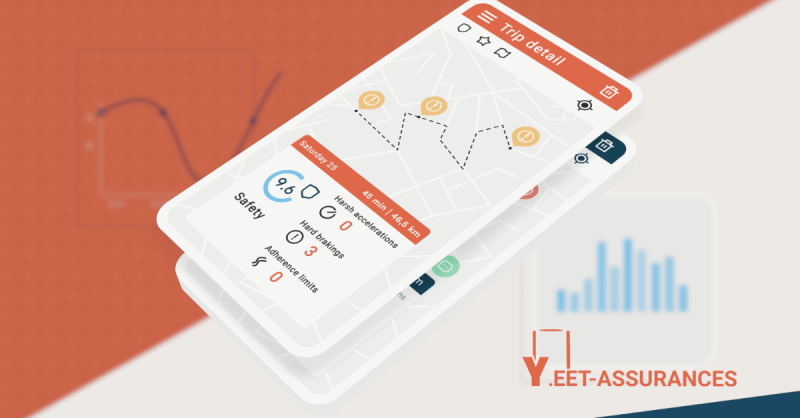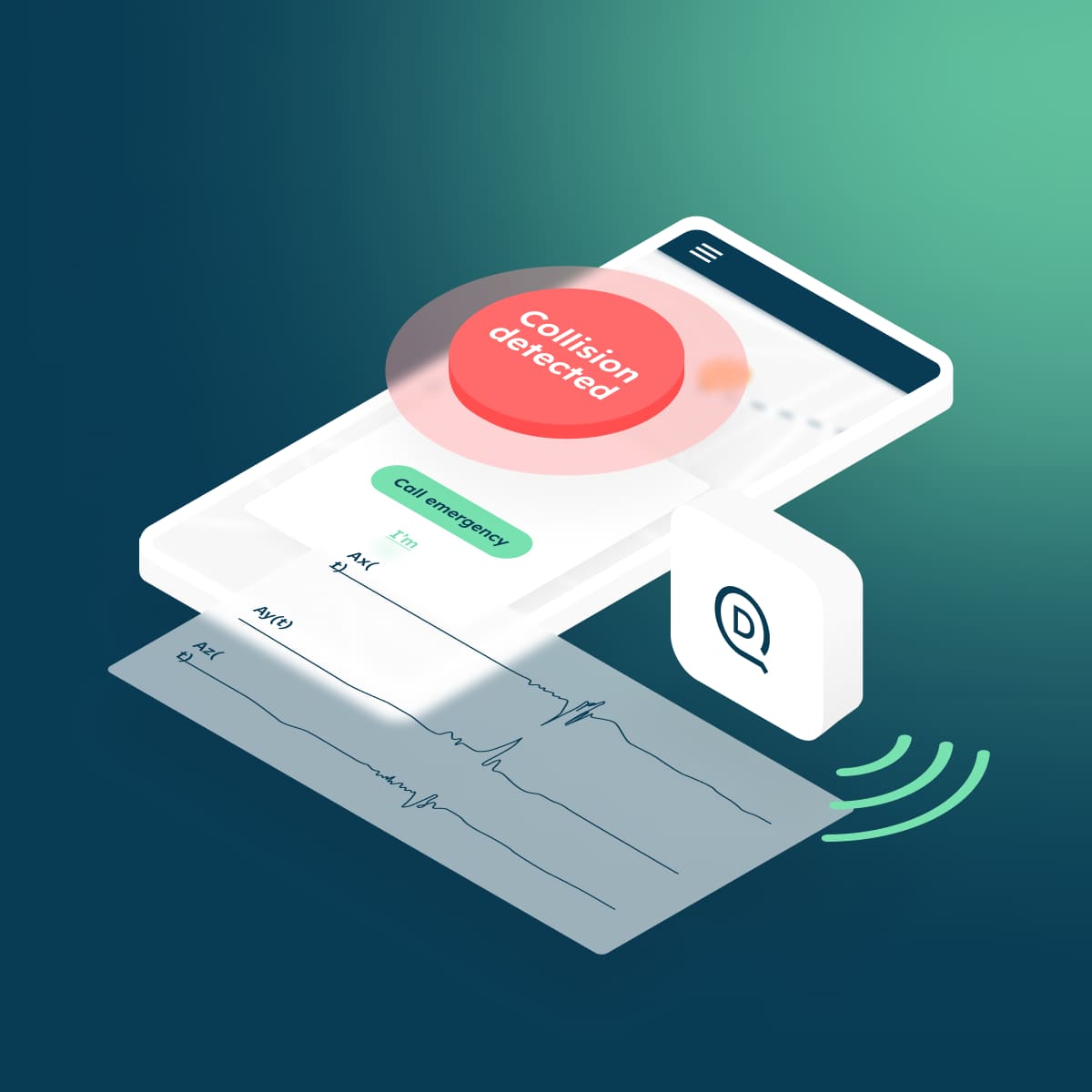![[2025 Edition] The Guide to Connected Insurance](https://www.drivequant.com/hubfs/Thumb%20guide%20connected%20insurance-1.png)
DriveQuant is a French insurtech company active in over 15 countries worldwide, and has launched over 60 telematics programs. We are experts in smartphone telematics. We analyze data from phone sensors to measure driving behavior in order to make roads safer and reduce the environmental footprint of mobility.



